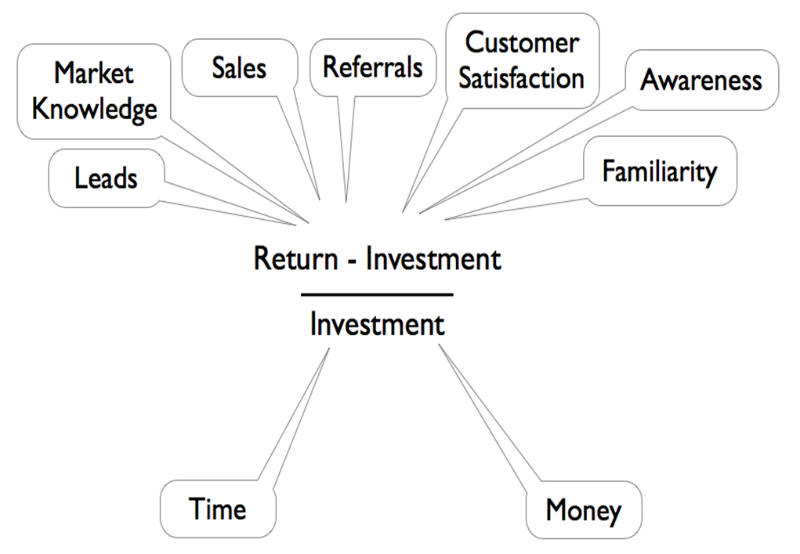Digital marketing campaigns become even more powerful and lucrative and data speak from themselves. So when wondering ‘why digital?’, the answer is ‘why not?’ as:
- Content marketing in 2015 generates 3 times as many leads as traditional outbound marketing, but costs 62% less.
- Content creation and management now claim the second-largest share of digital marketing budgets.
- 78% of companies now say they have dedicated social media teams in 2015, up from 67% in 2012.
The other side of the story shows that digital campaigns don’t work as they should as: [Source]
- 62% of companies don’t have the analysts they need to make sense of their data while 63% don’t have a good infrastructure in place to collect the data they need.
- 70% of marketers are not confident in their companies’ ability to measure the return on mobile ad spend.
- 83% of consumers reported that they have had a “bad experience with social media marketing.”
- 20% of companies said Digital Marketing is very much separate from the rest of their marketing/advertising efforts, while only 14% said they were a digital first organization.
Recommended: How to Measure Social Media ROI ?
So if you want to set it right, there is a practical way to organize your thoughts and your campaign. In planning phase ask yourself questions:
- What do I want to sell, promote or what is the message I want to convey?
- What are the needs of my company?
- How am I planning to serve them?
- What kind of resources do I need and how do I collect them?
- Can I run my campaign now?
All the above questions provide you with the fundamentals which are:
- Campaign objectives,
- Campaign goals,
- Your value proposition,
- Your target audience,
- The campaign mechanism,
- The monitoring tools and
- Incentives for your audience so as to make them engage in your campaign.
ROI is closely related to many of the above elements, as in the end of the day, it’s the campaign mechanism that leads to measurable results.
So what are your campaign goals that will drive performance?
Both in traditional and in digital marketing, goals have to do with: raising awareness, launching a new product, having a consistent in market presence, increasing sales or creating/ augmenting the customer base.
There might be more than one goals involved in each campaign and this shapes the key performance indicators (KPIs). So according to your objectives the KPIs might be:
- For raising awareness, on Social Networks you get Likes, Shares, Comments, retweets, favorites etc.. On your website you measure visits and visit duration and from a banner campaign you receive impressions or click-through-rate.
- For augmenting your customer base, you measure subscriptions, leads on your website or downloads of an app or another online product.
What is tricky about KPIs?
KPIs are metrics of success, of course, but how do define success if it is not translated to numbers?
For instance, if we are talking about awareness it is difficult to state how many impressions are satisfactory and how many of them will convert to customers and revenues.
This is the point when you mix your corporate with your campaign goals and the industry benchmarks. If during a previous profitable awareness campaign for a certain audience there were generated 2 million impressions and these brought 20.000 new leads (directly or indirectly) which led to 2.000 sold items, this can be an actual threshold of achievement. If there were no previous data, you can rely on publicly available industry campaign benchmarks so that you can calculate your company’s success range of results.
Consequently, businesses and business goals are not linear. Therefore, a campaign goal can be converted into a KPI only if it is in line with business objectives and marketing activities (marketing push, viral marketing, availability in stores).
Let’s say everything is set up and you are ready to initiate your campaign. This means that you implement of all the marketing actions towards the appropriate mix of media and audiences in a consistent manner, using fresh and original content with continuous coordination of the working groups…but most importantly!
Don’t miss out on constant optimization of your marketing efforts during the campaign.
Optimization means that you are using the right tools for consolidation, visualization and export of data from social media, web, email, and sales in order to compare results with KPIs and industry benchmarks with the aim to maximize results. And this happens several times all throughout the duration of the campaign.
In case performance isn’t as satisfying as expected, there should be an assessment of all ineffective activities and after that you should decide on corrective actions or even termination of certain actions.
But the ultimate goal is the amplification and maximization of your efforts, so in case any messages, audiences or media perform well, you should boost them even more! Yes! Go for budget allocation from whatever underperforms or increase your spending!
At the end of the campaign, when you collect your results you can see how this went! You are fully aware of what you spent, but has it brought what it was supposed to?
The typical equation of ROI also applies in digital media! When we are talking about return, it is the interpretation of goals to KPIs and KPIs to actual profit for your corporation!
So after doing the math, what do the numbers tell you?
